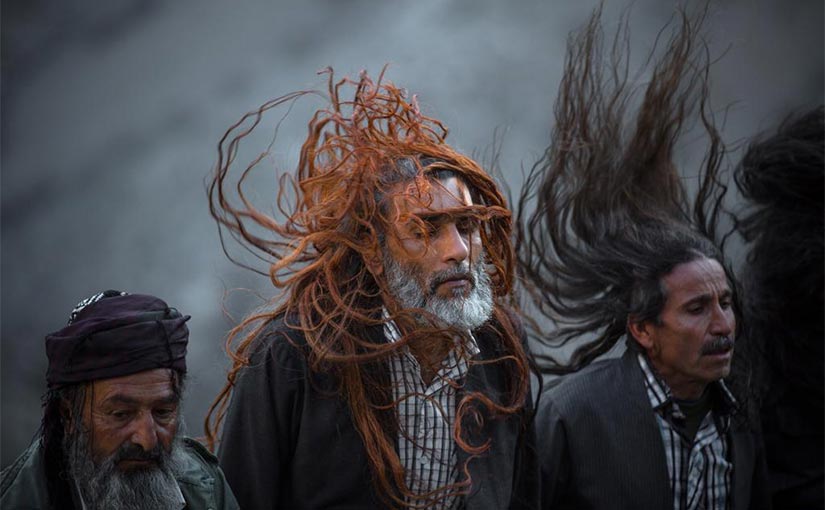Prof. Dr. Jost Gippert
Prof. Dr. Saloumeh Gholami
Description
The specific meaning of the term “Kurdish” depends on the group treated and its region of origin as well as different identity-forming factors (language, religion, culture, ethnic self-definition and definition of others). With regard to the “Kurds”, these perspectives have led to a large number of conceptual ambiguities and in connection with this, conflicts of identity, especially in Germany.
This sub-project investigates the identify formation of the various groups commonly associated with “Kurdish” (Kurds, Zazas, Yezidis, Alevis, Ahl-e Haqq, and others) from emic and etic perspectives. There is a need to investigate the self-identification as well as the external ascription of the affected groups in both their countries of origin and Germany. In addition to religious aspects, this study also examines the linguistic position of the “Kurdish” languages (Kurmanji, Sorani, Zazaki, Gorāni, Hawrāmi and others) and their role in the development of identity of the relevant ethnic groups.


©Ebrahim Alipoor

Publication
- Gholami, S. (2020). “The Collection of Avestan Manuscripts of the Ataš Varahrām in Yazd.” In: Estudios Iranios y Turanios 4, 31–49.
- Gholami, S. (2020). “The Dialectology of Baba-Taher Quatrains and its role in the reconstruction of the former vernacular language of Hamadan.” In: Comparative Linguistics 20, 26–59.
- Gholami, S. (2021). “On the terminology designating the Zoroastrians of Iran and their language.” In: Bulletin of the School of Oriental and African Studies.
- Gholami, S. (2021). “Using questionnaires as a tool for data collection and developing a questionnaire for the historical phonology of Iranian languages.” In: Amin Shayeste Dust (ed.). Dādestān-e dīnī. Tehran: Center for the Great Islamic Encyclopedia, 189–211.
- Gholami, S. (2021). “Judeo-Hamadani, the languages of Jews in Hamadan.” In: Iranian Studies
- Gholami, S. (2022). On the terminology designating the Zoroastrians of Iran and their language. Bulletin of the School of Oriental and African Studies, 85(1), 47-72. doi:10.1017/S0041977X22000313
- Gholami, S. (Together with Sabori, F., Rasekhmahand, M.) (2022): “Discourse marker diye in Hamadani.” In: Language and Linguistics, 2/19, 171–193.
- Gholami, S. (2022). “Classification of the Zazaki language based on the perspectives of perceptual dialectology and comparative linguistics”. In: Iranian Journal of Comparative Linguistic Research.
Year 11, Nr. 22. DOI: 10.22084/RJHLL.2021.24754.2169 - Gholami, S. (2023). “Unpacking the Complexity of Gurān Identity: An interdisciplinary Analysis of Historical and Cultural Sources.” In: Brill Journal of Religious Minorities under Muslim Rule, Vol. 1, pp. 67–112, DOI: 10.1163/27732142-bja00003
- Gholami, S and Karami, S, Gholami, S (2023). “A Corpus-Based Study of Alignment in Literary Gorani (Based on the Manuscript 11092 of Dīwān-I Mawlawī).” Iran and the Caucasus 27 (2023), 1–28.
- Gholami, S. (2023). “The Zoroastrian Manuscripts of the Rostam Jāmāsb’s Family and a New Dating of Videvdād 4100.” In: DABIR: Digital Archive of Brief notes & Iran Review 9 (2022), 1–16. DOI: 10.1163/29497833-20230001
- Karami, S., Naghgoy Kohan, M. and Gholami, S. (2023). radeshnāsi sāxthay rabtī dar motūn-n Gorānī wa bāztāb nezāme konāy dar ānhā [typology of copula constructions in Gorani texts and the ergative system’s reflection in them]. The Journal of Western Iranian Languages and Dialects.11(1)1,103–125.
- Gholami, S. (2023). Review of “Rzehak, Lutz and Aswar, Bidollah. Dari-Persisch. Wiesbaden: Reichert.” In: Abstracta Iranica. https://doi.org/10.4000/abstractairanica.55027



